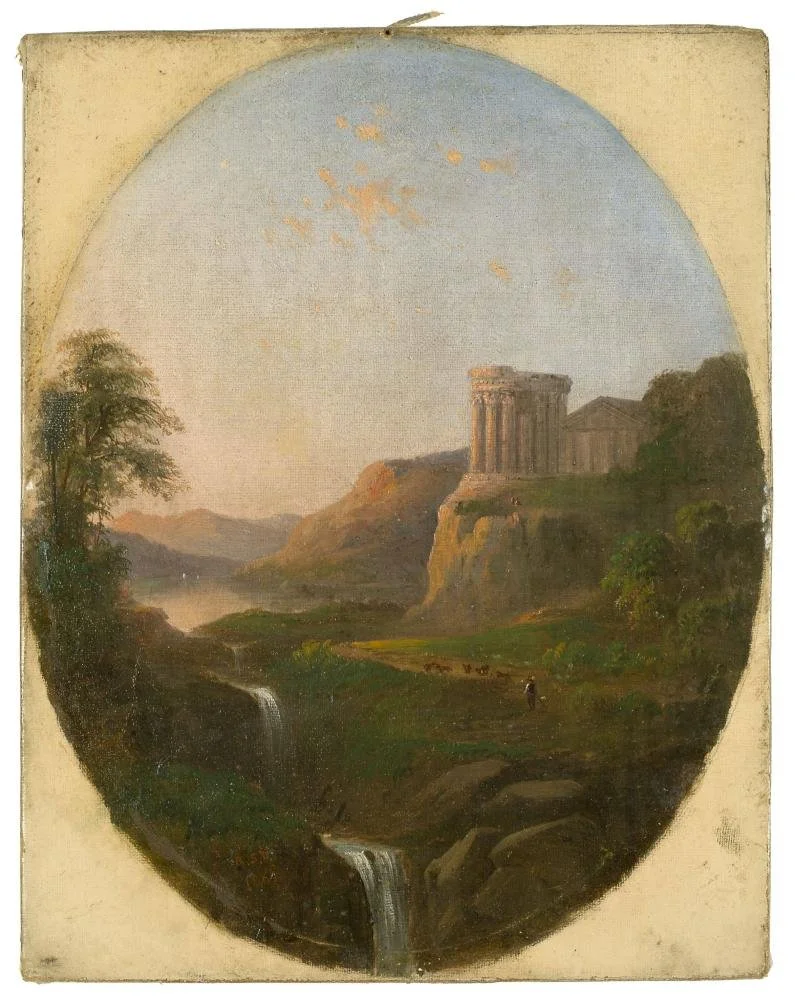Plan for Visiting the Sights of Rome …
With the light of day, the Eternal City, seated on its throne of seven hills, fully gave us all it had promised, banished every feeling of disappointment, and filled our minds with ever-increasing wonder and amazement … Empires, principalities, powers, and dominions have perished; altars and their gods have mingled with the dust; a religion which made men virtuous in peace and invincible in war has perished or been supplanted, yet the Eternal City itself remains. Frederick Douglass, Life and Times of Frederick Douglass, Written by Himself, 1892, p 694
In a couple of weeks I’ll be leading my first “tour” through Rome, a very informal walk exploring the network of people and places that Black artists may have been a part of during their travels in the Eternal City. Once I’ve led the walk and completed my research I’ll include a page with the map etc., on here. But for now I’m using this blog to connect my thoughts. Murray’s Handbook contains several different plans for visiting sights in Rome and its environs. But this journey is a special experiment, an opportunity to walk, and in walking, to remember communities of artists whose lives are embedded in the Eternal City, whose lives shaped the Eternal City, and whose lives remain unseen.
Walking is an embodied and profoundly social activity, it is a way of thinking and feeling (to quote Tim Ingold and Jo Lee Vergunst), a way of acting and being amidst all the different contexts and layers that make up a place. Walking our way through today’s Rome gives us an opportunity to call up another world - to reflect and imagine, to look back, onto a past that remains important to Rome’s present and its futures. Walking also brings us into a range of encounters with the human and non-human world. Talking to artists has reminded me about textures and materials, the feeling of touching a wall or the acoustic sounds of a street at different times of the day. These are all part of the landscape of a community. Even Nathaniel Hawthorne described the sounds of birds and rushing fountains - sounds that I still thrill to today.
Walking is a mobile, migratory practice. In this sense it can also reflect the practice and experience of the artists who traveled to Rome, who moved houses and studios, and also reflects something about Rome itself. Walking animates and opens up Rome’s layered histories - told in the materials of architecture, art and urban planning - a little differently. Walking moves through this city, and makes a city mobile. Walking might be an apt metaphor for the histories of encounter and migration that are fundamental to this city, and to Italy itself.


